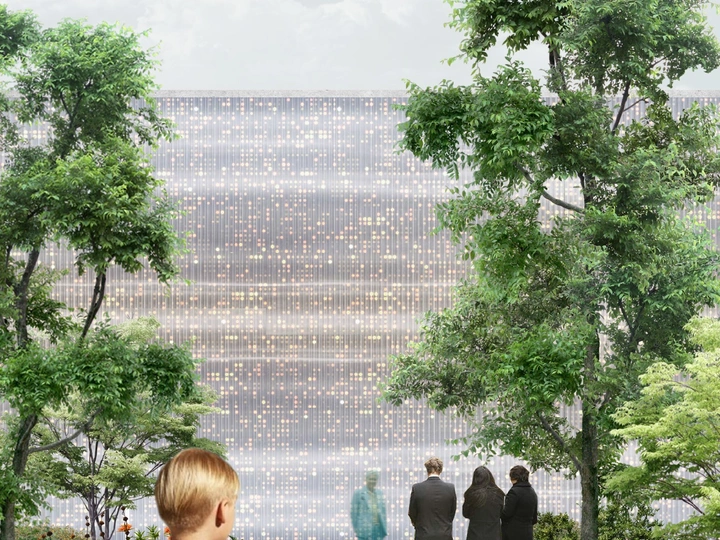Cloud necropolis

I am Maxim Gabai, a German architect residing in Freiburg, born on September 27, 1990, in Moscow. Currently, I am employed at SSA Architekten, where my expertise lies in design planning, detailed planning, and developing. Prior to this, I spent several years at Manuel Herz, honing my skills in project management, coordination, while also contributing to competitions and preliminary studies.
My journey in architecture began with a Bachelor's degree from the Karlsruhe Institute of Technology (KIT) in 2014, followed by a Master's degree, during which I explored the concept of "Cloud Necropolis" in my thesis, earning a nomination for the German-Polish architectural Award. Alongside my studies, I embarked on an enriching Erasmus exchange at the Technical University of Vienna, broadening my architectural perspectives.
Throughout my career, I have been privileged to contribute to various architectural firms, including Hanen Architekten and Bryum Landschaftsarchitekten, where I gained valuable experience in visualisation, urban interventions, and project collaboration. Additionally, my research interests have led me to contribute to publications such as "Development Solution for Informal Urban Structures" in 2017 and KIT Master's Theses for the Summer Semester of 2018. My passion for addressing contemporary urban challenges, particularly in areas like mass housing in socialist cities, continues to drive my architectural endeavours.
In all my pursuits, from academic exploration to professional practice, I am committed to pushing the boundaries of architectural design and contributing to the creation of sustainable, innovative built environments that enhance the lives of individuals and communities.
In Germany, societal norms surrounding death and burial are evolving, necessitating a reimagining of cemetery design. Traditionally, families, religious communities, or the state would handle the burial process, adhering to specific rituals and maintaining well-tended graves adorned with flowers and ornate gravestones. However, contemporary realities reveal that these traditional practices are no longer sufficient. With changing social structures and a decline in communal welfare, the current funeral and cemetery traditions are becoming obsolete.
As a result, many individuals are buried anonymously or cremated to reduce maintenance costs, while cemeteries struggle with low occupancy rates and closures. Additionally, modern grieving processes increasingly occur online, through social media or other digital platforms, rather than at physical grave sites. Despite these challenges, cemeteries hold significant cultural and environmental value as green, communal spaces within cities.
Therefore, the focus must shift towards adapting cemetery typologies for the future to ensure they remain relevant and meaningful. My design approach is grounded in existing technologies and practices, such as alkaline hydrolysis and digitalization, which are already employed in various contexts. By incorporating these innovations, my design envisions a future cemetery that embraces both technological advancements and the enduring significance of physical space for remembrance and connection.